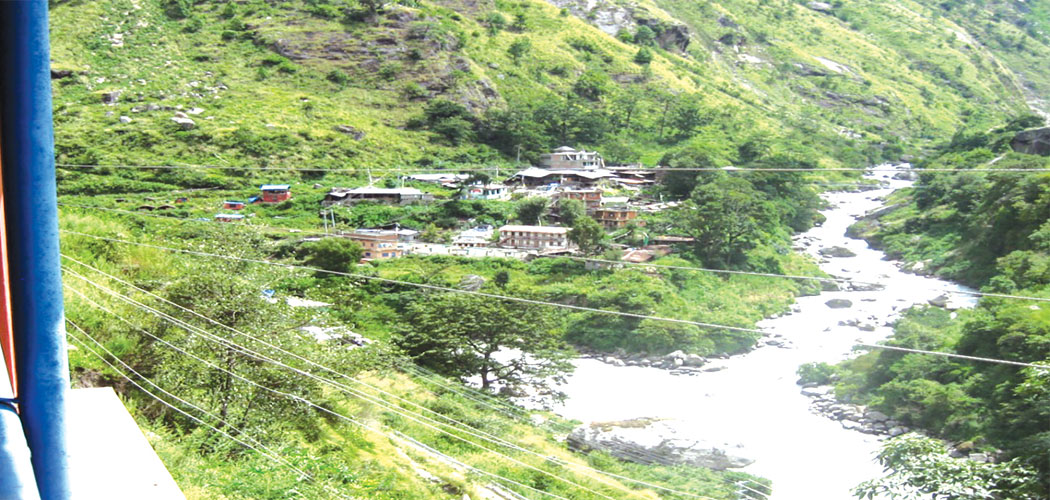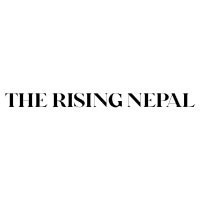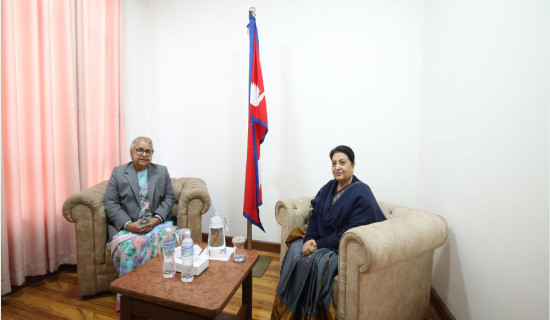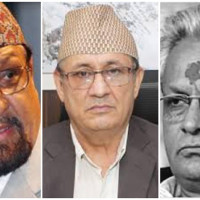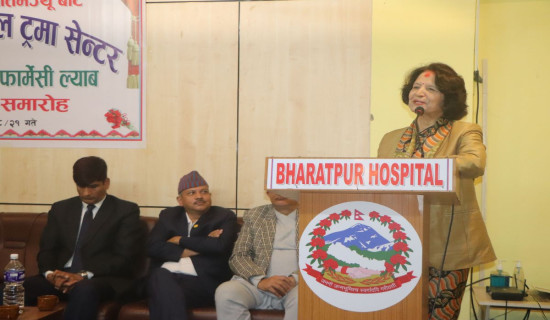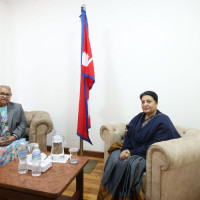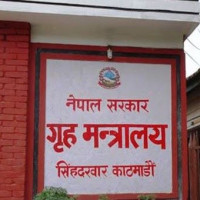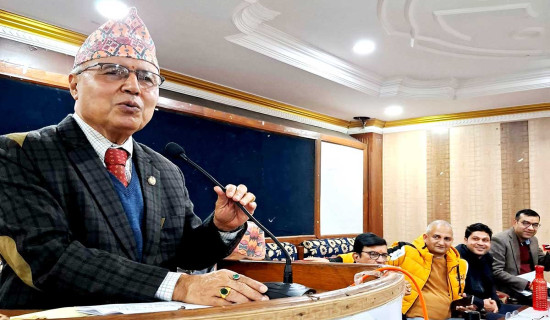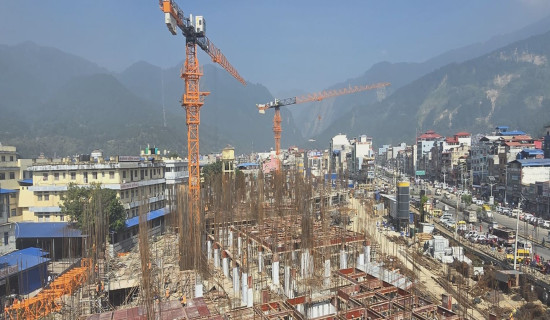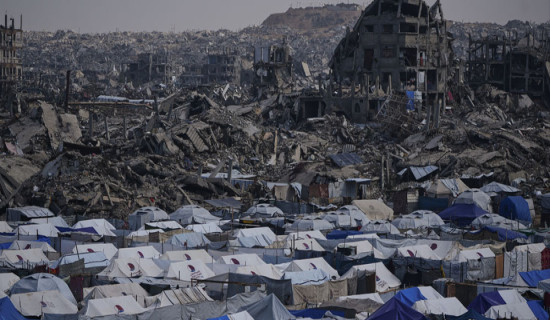- Sunday, 7 December 2025
Syaphrubesi Charms Visitors
Syaphrubesi is located in Gosaikunda Rural Municipality, the northern part of Rasuwa District. It is rich in natural beauties, gifts, and wonders. There are many places and things of cultural, historical, religious and technological importance around it. The spectacular views of mountain peaks, the green forests of hypnotic beauty, clean water resources, diversities of flora and fauna, the combination of various cultures and traditions, the unique hospitality of local residents, distinct natural hot spring spas, panoramic viewpoints, caves, and the Chilime Model Hydropower Plant of Nepal, etc., are the major tourist attractions in Syaphrubesi and around.
Syaphrubesi is a small town located at a height of 1462 meters from sea level. It is accessible by bus, jeep, microbus, and helicopter. It is linked by Pasang Lhamu Highway at 132 km from the capital city, 14 km northeast of district headquarters Dhunche, and 16 km southwest of the Nepal-China border, the famous historical fort Rasuwagadhi. It is the main gateway to Kyanjing, the snowy valley of the Langtang region, the Tamang Heritage Trail, Somdang and Ganesh Himal, Chilime Tatopani—the most popular hot spring in Nepal—and Nagthali—the famous plateau and viewpoint at the elevation of 3170 meters. Rasuwagadhi, the famous historical fort, and some other beautiful and accessible places are typical Tamang villages, such as Thulosyaphru, Bridim, Khamjing, Timure, Thuman, Chilime, Goljung, Gatlang, and Gre.
Syaphrubesi is on the lap of Gosaikunda Lake and Mt. Lamtang. It is a beautiful confluence of the Rasuwa and Langtang Rivers and also the cultural combination of Tamang, Sherpa, and Tibetan. It lies on the bank of the Rasuwa River (also known as the Bhotekoshi River) and the Lantang River at the height of 1462 meters. It is also situated in the centre of other dozens of villages in the north part of the district and some neighboring villages of Dhading District as well. It has been playing a crucial role in the field of educational and physical development of the region.
Syaphrubesi is also a place of historical importance. It has been known as the way to Tibet since ancient times. Princess Bhrikuti, the daughter of Lichchhavi King Amsuvarma, had got married to Srong Tsong Gompo, the prince of Lhasa, in the 6th century. Since ancient times, people used to walk from Kathmandu to Lhasa through Syaphrubesi. Even today, many people remember that moment when it was the main route to Tibet in China. According to the mediaeval history of Nepal, it was the major route of Nepal-China trade so far.
Tourist destinations
One of the major tourist destinations is Syaphrubesi Bazaar, which is located on the bank of the Rasuwa and Lamtang Rivers and on the lap of mountains and is known as the entrance to the main tourist destinations of Langtang National Park and the Ganesh Himal Region. It gives a glimpse of the culture, architecture, craftsmanship, and unique hospitality of Tamang, Sherpa, and Hyolmo people. This bazaar offers a wide variety of accommodation facilities suited for almost all types of visitors.
Another destination is the hot spring (spa), which lies on the bank of the Rasuwa River and is very near to Syaphrubesi Bazaar and Khambatar. Due to the temperature of sixty-nine degrees Celsius, comfortable bathing ponds are built, and having long experiences with health advantages, it has become a popular bathing centre for tourists and local people throughout the year. It is also popular as a medicinal spa. Locals believe the water has a healing quality that eases away our aches and pains.
Similarly, Chilime Hydropower Station is a wonderful and popular man made tourist attraction located at a distance of about 350 meters from the main bazaar on the right side of the Syaphrubesi bridge and on the bank of the Rasuwa River. It is famous as the first model hydropower plant of the country, which had been designed and built by Nepali engineers. Its approximate power-generating capacity is 22.5 megawatts. Every entry pass bearer can easily visit the tunnels where turbines and generators are installed on Sundays to Fridays from 10 am to 4 pm without any entrance fee. An entry pass can be obtained from the plant office.
Likewise, Syaphrubesi is a historical and cultural village. It is situated at the confluence of the Langtang and Rasuwa Rivers. It is a good composition of Tamang, Sherpa, Hyolmo, and Tibetan cultural heritages and presents an example of cultural and social harmony. The oldest Buddhist Gompa, named Duksang Tseling Gompa, and other temples and idols, such as Ganesh and Laxmi, are located there. It was the Rasuwa district headquarters in the beginning of the political division of Nepal. There are Tibetan Refugee Camp, Shyamey Wangphel Technical School and spectacular view points. It is known as a virgin residence and a beautiful viewpoint of Syaphrubesi Bazaar and surroundings.
Jaleswar Mahadev Temple and Buddha Temple are located in the northeast of Syaphrubesi Bazaar and a little bit up from the Chilime Hydropower Plant Office. The temple and Buddha shrines are located just together. To reach there, it may take 15 minutes on foot from the central bazaar. This is the nearest viewpoint that offers possibly the best display of all parts of Syaphrubesi, including mountains, rushing rivulets, splashing rivers, roaring waterfalls, green forests, and so on. Thus, this place is famous for its vantage location for meditating, worshipping and viewing spectacular views.
Likewise, Ganesh Cave was discovered four years ago. Nature made images of Lord Ganesh, Shiva, Goddess Laxmi, and milk-feeding cows, and so on, giving angelic wonders in and around the cave. It is really amazing and mysterious, which creates curiosity in everyone. It is located on the lap of the mountain, right straight up from Syaphrubesi on the side of Somdang road. It may take one hour to get there on foot. If we go by vehicle, it shall probably get to within 20 minutes and another ten minutes for walking to the cave. It is also popular for panoramic mountain views.
Similarly, Narkode and Komin villages are situated on the sunny lap of the Komingang of Syaphrubesi. We can start a hike to Narkode and Komin through Dhungdi, a beautiful Tamang settlement. After a half an hour hike, we got to Narkode, an old Tamang village. It also offers a clear view of Syaphrubesi Bazaar and other panoramic mountain views.
A Buddhist temple, a primary school, the surge tank of Chilime Hydropower, and a small traditional residence are the major tourist attractions of this village. Komin is another village at about 745 meters above Syaphrubesi Bazaar. It is a small and beautiful Tamang traditional village at the height of 2170 m. It offers an in-depth knowledge of the cultural heritage and gives a glimpse of the architecture and craftsmanship of Tamang traditions. Within an hour, we can easily reach there.
Amenities
All the basic requirements for tourism are always available in this bazaar. Every hotel has 24 hours WiFi facility, privacy, luxurious and comfortable bedrooms with attached restroom and hot showers, they provide all types of breakfast, lunch, dinner, and beverages at the right time in a friendly environment. Other services are reserving, issuing bus and jeep tickets, chartering helicopters, foreign exchange, banking service including ATM facilities, and proper guidance from tourist police, hotel managers, and local guides. Trained and experienced male and female trekking guides and porters and tour operators are available in every season. All the concerned bodies and stakeholders are always alert on healthcare, security, and hospitality management.
From the ancient era to these days, Syaphrubesi remained, remains, and will remain a place of importance from different points of view. Furthermore, it is going to be expanded and developed as a tourist hub and major trade centre. Everyone must be conscious and devoted to the ultimate use of our conscience, sensitivity, skills, and experiences to preserve our unique and most valuable natural and cultural assets and unite for the development of eco-friendly and sustainable tourism development.
(The writer is a scholar and researcher of tourism management.)


